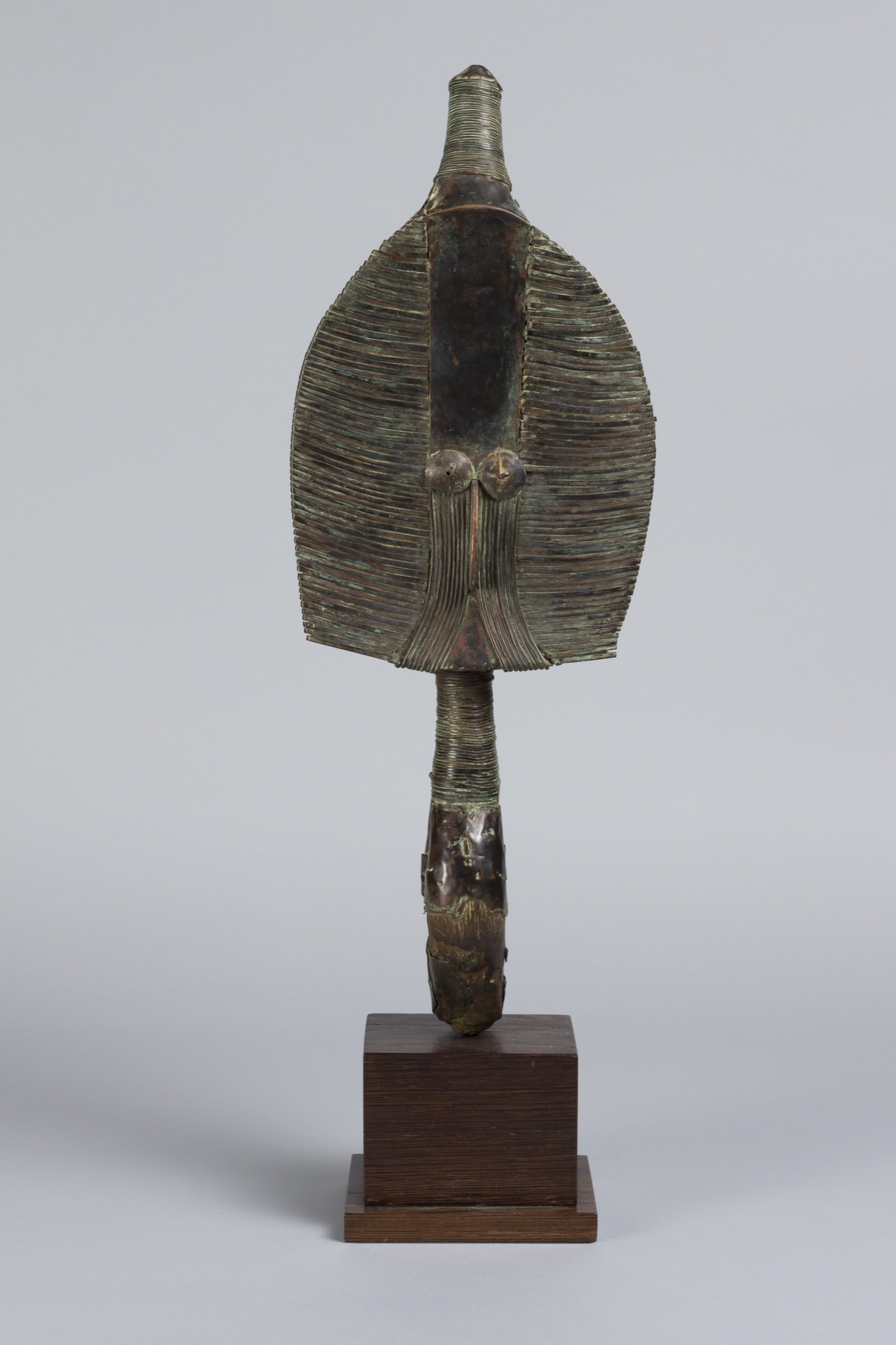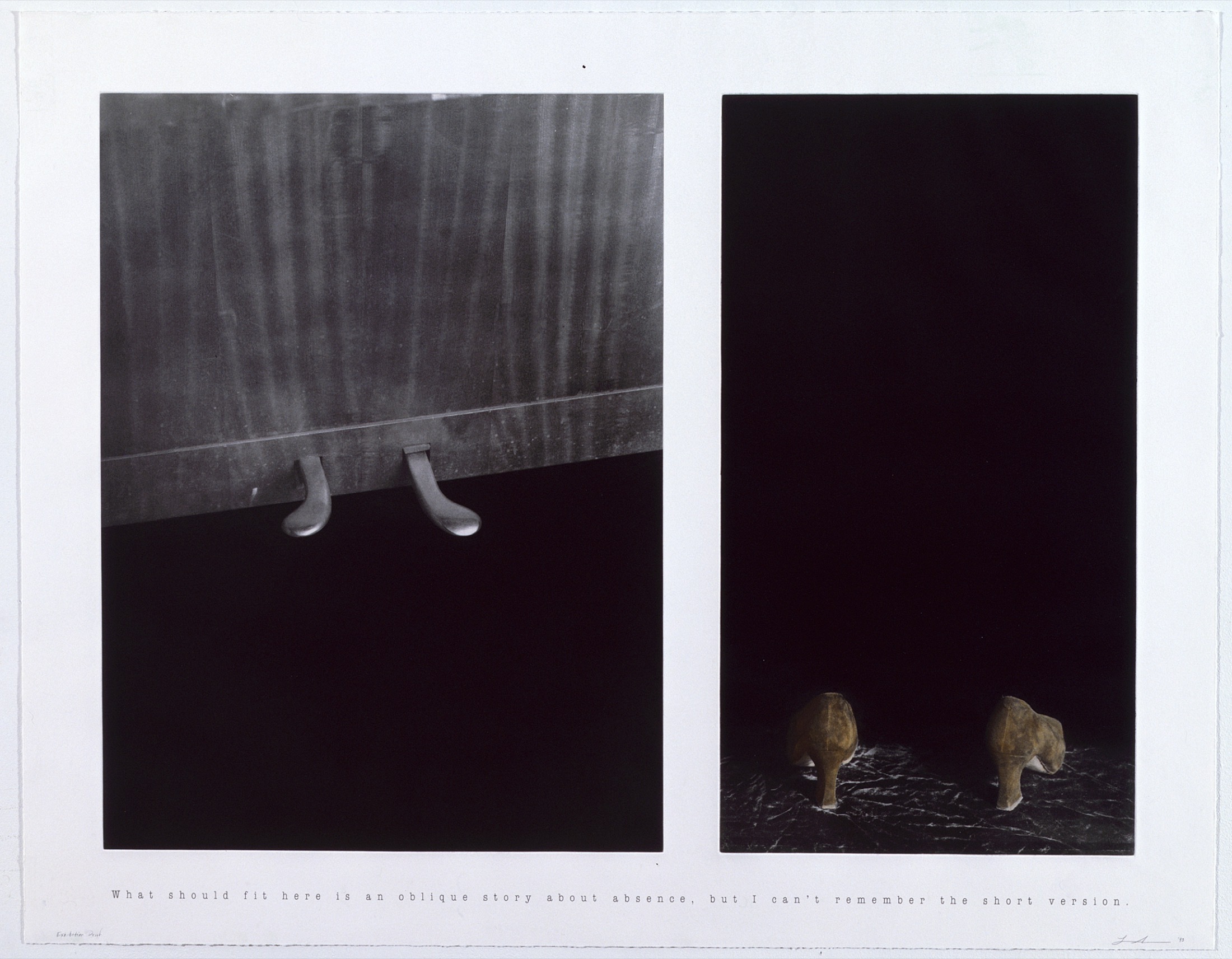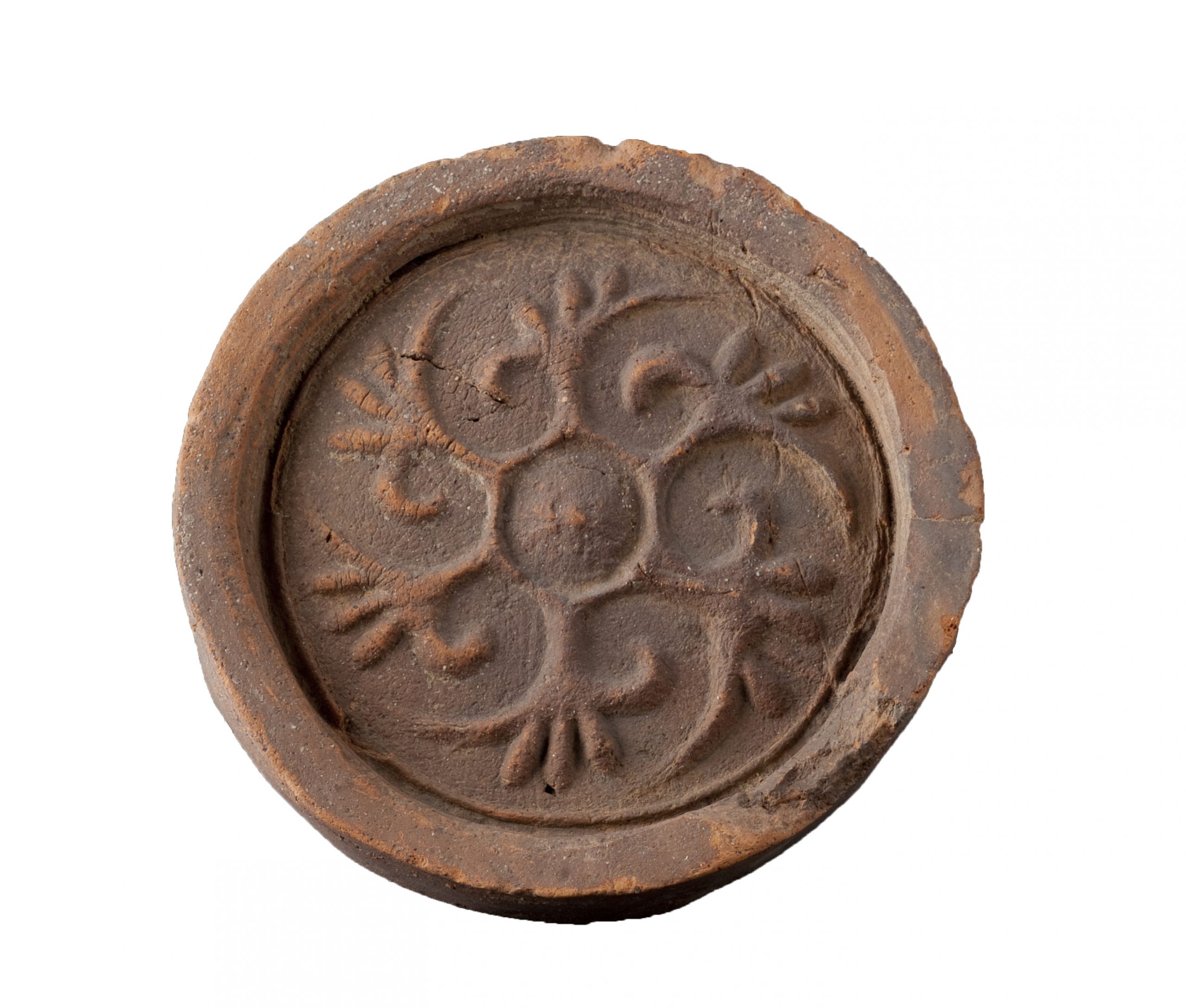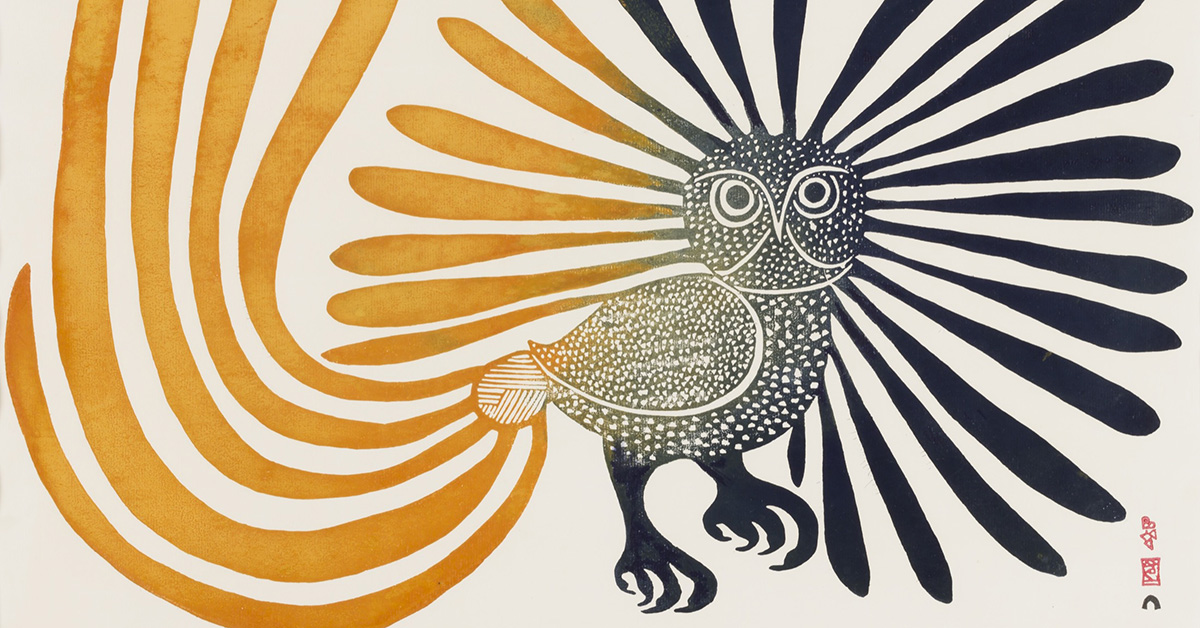Art enthusiasts are familiar with the Ansel Adams landscapes that he photographed as broad, sweeping vistas. But in his “Mudflats near San Rafael, California,” he turned his camera down to the ground and photographed a detail of flats.
“We decided to put the image in the ‘Abstraction’ exhibition because it shows how photography—a medium that purports to represent reality—can challenge our perceptions of size and scale,” says Jennifer Friess, a curator at the U-M Museum of Art (UMMA).

That’s just one of the works that Friess finds exceptional in UMMA’s current exhibit, “Abstraction.” It is the second of a two-part exhibit, titled “Victors for Art,” that highlights works loaned by alumni collectors. (The first part, “Figuration,” preceded “Abstraction” earlier this year.) The exhibit is the brainchild of former UMMA director and guest curator, Joseph Rosa. Over the years, friends from other museums had introduced Rosa to their board members, and he found some of the nicest of these were U-M grads. As the U-M bicentennial approached, he decided to ask alumni art enthusiasts to lend pieces from their collections for a celebratory exhibit.
“One thing that’s consistent from the Roman period to African art and Asian art through 20th century art are the ideas of figuration and abstraction,” he says. So he divided the exhibit into two categories and put the exhibits in the hands of “four amazing curators” who would decide how to organize them.

They did so not by chronology or nationality but thematically, in a way that broadens our understanding of what abstract art is.
“We have on view objects that would not typically be seen next to one another,” Friess points out. Giacometti’s mid-20th century bronze-cast “Tête de Diego” shares a case with a 19th century reliquary figure from the Congo. Friess notes that Picasso collected and was influenced by African works.
“The exhibit shows people have been experimenting with abstraction before the abstract expressionist movement. You see iterations in the way abstract art is conceptualized in African and Asian culture.”
There are more surprises in this exhibit. A group of text-driven pieces includes “Master” by Jeremy Penn, a mirror with the word engraved in it. “The viewer is inevitably part of it,” says Friess. (If you don’t like the show, you can “Kvetch,” as another piece suggests.) John Baldessari’s photographs with vinyl paint, “One Figure (with Qualities)/Two Figures (without Qualities),” are grouped in a section featuring faces. In these, painted circles replace faces; perhaps the person is not inevitably part of it.
There are works in every medium, including brass, fabric, wire, wood, a sock on an oil painting, and a fifth century Korean roof end tile. Of course, there are works on canvas done in acrylic, oil—and blood. Jordan Eagles sources his materials from slaughterhouses and oxidizes it, treating blood as a universal life force and challenging preconceived notions of our relationship to it. The work, titled “URTSCB” and from the collection of Susan Meyer,’89, MACC’89, is preserved in plexiglass.
Works on display are loaned from graduates of 15 U-M schools and colleges, including medicine, law, business, and engineering; together, they hold 200 degrees and 10 honorary doctorates. One of those collectors, Paola Luptak, ’88, came to U-M ready to explore. And when she took a class in art history, she knew what she wanted to study.
“I loved the images. I loved sitting in Tappan Hall in the dark. I learned how to think visually, and I developed a passion for contemporary art,” she said. Today, she and her husband develop apartments across the country while also collecting art, including a 1952 oil by Hans Hofmann titled “St. Francis.”
“It’s vibrant and dynamic. You can almost see his energy,” Luptak says.

“When we put together the list, we started with 70 known art collectors. As we began to reach out to them, they recommended other alums,” says UMMA development director Carrie Throm. “At the end of the day, we have 115 collectors, from someone who graduated in 1938 to someone who completed a PhD in 2012. Many were first exposed to art as a child, but in many cases, they took an art class here and fell in love,” Throm says, adding that this underscores the importance of having a world-class museum on campus.
Although many of the artists represented have become well known, Rosa says many of these collectors acquired these works when the artists were emerging. “This university fosters progressive thinking and gives students the confidence to trust their instincts,” Rosa says.
Some have donated instead of loaning pieces; a Maize and Blue sticker near a work indicates that it has been gifted to UMMA’s permanent collection.
Davi Napoleon, ’66, MA’68, is a freelance feature writer who often writes about the arts. She holds a PhD from New York University.





